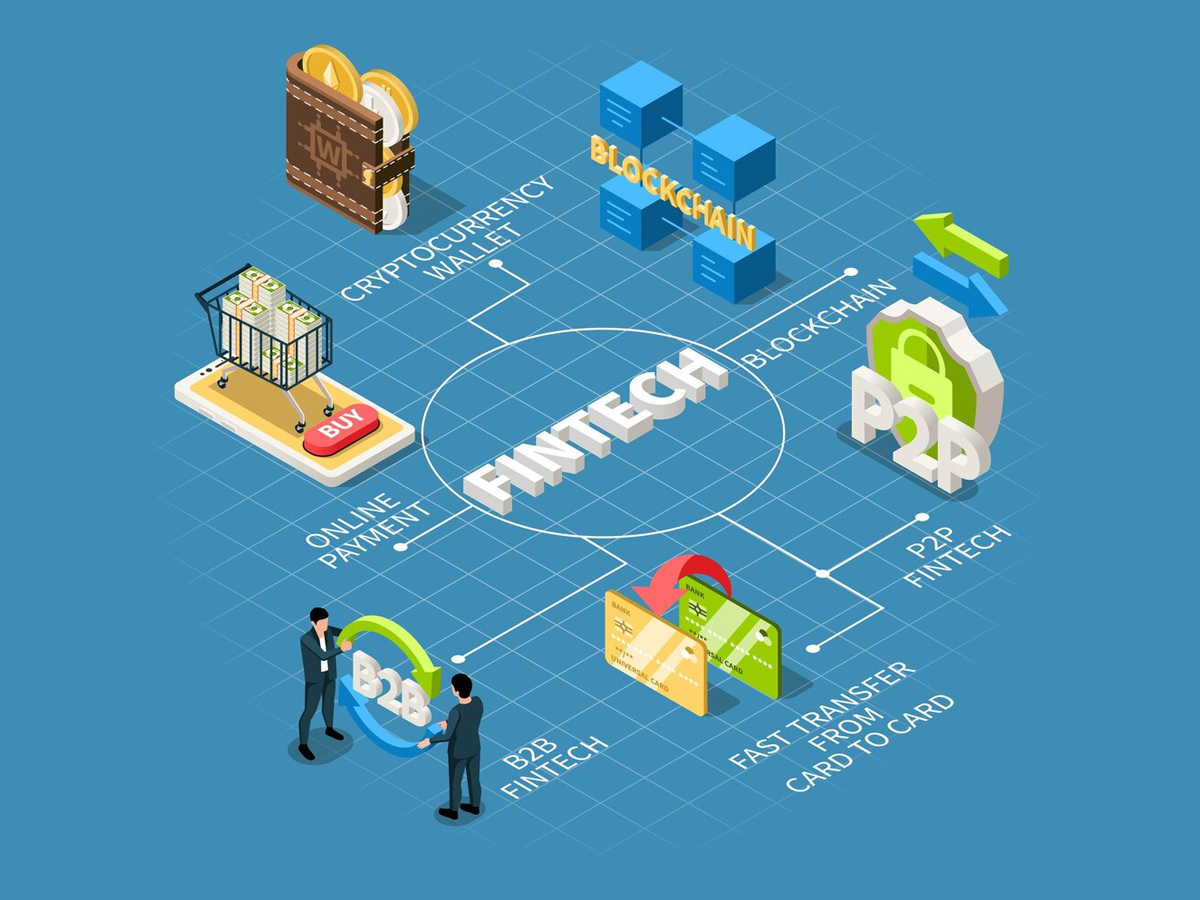Following years of experimentation, digital assets are entering a more grounded, infrastructure-led phase. The real story in 2025 is regulatory clarity, deepening institutional interest and the shift toward scalable, integrated infrastructure. Not hype cycles or token rallies. This moment of change is a signal for fintech players ranging from payments and neobanking to compliance tech and embedded finance. As crypto firms pivot from building standalone protocols to offering full-stack infrastructure, traditional financial and fintech institutions are positioning to acquire the rails for custody, compliance and issuance.
In just the first part of 2025, crypto projects have raised over $7.2 billion in venture funding, already approaching last year’s full total. Meanwhile, 88 merger and acquisition deals worth $8.2 billion have been announced, which is almost triple the entire deal value of 2024.
The scale and speed of this activity sends the clear message that digital asset infrastructure is becoming a strategic priority. The players making moves are also preparing for the next financial architecture and not chasing short-term volatility.
The reported $4.5 billion acquisition offer from Ripple to Circle demonstrates this shift. It reflects how crypto-native infrastructure, once seen as speculative, is now viewed as essential, and not just by crypto firms. Fintechs and financial incumbents are watching closely and are expected to act in a big way in 2025 and beyond.
From Disruption to Infrastructure
Crypto’s early years were defined by radical innovation and disruption. Today, the opportunity lies in integration with more assets and processes recorded and managed directly on blockchain networks, or “on-chain.”
Much like how embedded finance reshaped digital banking, tokenization is set to rewire the issuance, transfer and custody of assets. This development will reshape not just how financial products are built but who controls the backend.
For fintech leaders, this is a shift in the foundation of digital financial services. Capabilities such as tokenized assets, embedded custody and regulated digital wallets will become baseline expectations for users and partners alike. Owning or controlling this infrastructure will determine who leads in the next decade of financial innovation.
Forward-looking fintech firms know this and are asking: who will own the channels when sovereign bonds, carbon credits, private funds and treasuries move on-chain? Which firms offer both regulatory maturity and technical credibility? What bets can we make now to avoid playing catch-up in 2026? The answer will increasingly come from M&A.
Why 2025 Is the Turning Point
Three distinct catalysts are converging this year and are removing long-standing friction in the crypto-fintech M&A market.
Historically, mergers and acquisitions in this space have been complicated by regulatory uncertainty, valuation disconnects and the technical challenges of integrating crypto-native infrastructure with traditional fintech. These factors made deal-making slow, risky, and unpredictable.
However, recent developments are addressing these core issues and paving the way for more more favorable environment for M&A activity.
1. Regulatory green lights in Europe and the UK
The EU’s MiCA regulation and the UK’s digital asset framework have provided long-awaited legal certainty. This unlocks meaningful institutional participation and makes compliance risk, once a deal breaker, now manageable.
For acquirers, this clarity means fewer legal unknowns, streamlined due diligence and stronger board-level confidence. For crypto-native firms, regulatory approval becomes a premium asset and licensing becomes a differentiator.
Regulation is also changing the dynamics for competition. Firms with licences or early alignment to compliance regimes are now on the radar of fintech and financial institutions that want to fast-track digital asset integration.
2. Public market benchmarks are emerging
Throughout 2024, dealmaking was hampered by valuation dislocation. Sellers, often referencing 2021 bull-market peaks, found themselves out of sync with buyers focused on fundamentals. However, the tide is turning. A wave of anticipated crypto IPOs is likely to introduce much-needed pricing discipline. These listings will provide credible comparables, give confidence to acquirers and create new acquisition currency for listed firms.
More importantly, a successful IPO tells the market that crypto infrastructure is not only viable but also investable at scale.
3. Real-world asset tokenisation moves from pilot to production
Sovereign bonds, real estate, carbon markets and private credit are increasingly being tokenised and issued on-chain. The infrastructure required to scale these offerings, including compliant wallets, programmable smart contracts and permissioned blockchains, is highly specialised. It’s not something most fintechs have the time or technical capacity to build themselves.
Acquisition is becoming the obvious path forward. Whether it’s a neobank looking to offer tokenised securities or a payment platform needing integrated smart contract orchestration, buying crypto infrastructure is increasingly faster and less risky than building from the ground up.
What’s Still Holding Some Deals Back?
Even amid strong momentum, friction remains. Regulatory fragmentation in key markets, particularly the United States, continues to make cross-border deals complex. This legal patchwork complicates deal structuring, integration and risk assessment. It’s a key reason why some acquirers are proceeding cautiously, especially those without in-house legal or compliance depth.
There’s also the issue of valuations. While the gap between sellers and buyers is closing, it hasn’t disappeared. Some founders are still anchored to peak-era pricing. At the same time, institutional buyers are under pressure to justify every dollar spent, especially in a high-rate macro environment.
Nonetheless, the momentum is clear. More firms are aligning expectations with public market realities and as unprofitable startups burn through capital, M&A becomes more of a necessity than an option.
What Comes Next?
By the end of 2025, the artificial lines between crypto, fintech and traditional finance will blur further. M&A will be a more strategic move and infrastructure will become the battleground. The firms that act now will shape the rules, control the flow and define the user experience of digital finance for the next generation of users.





